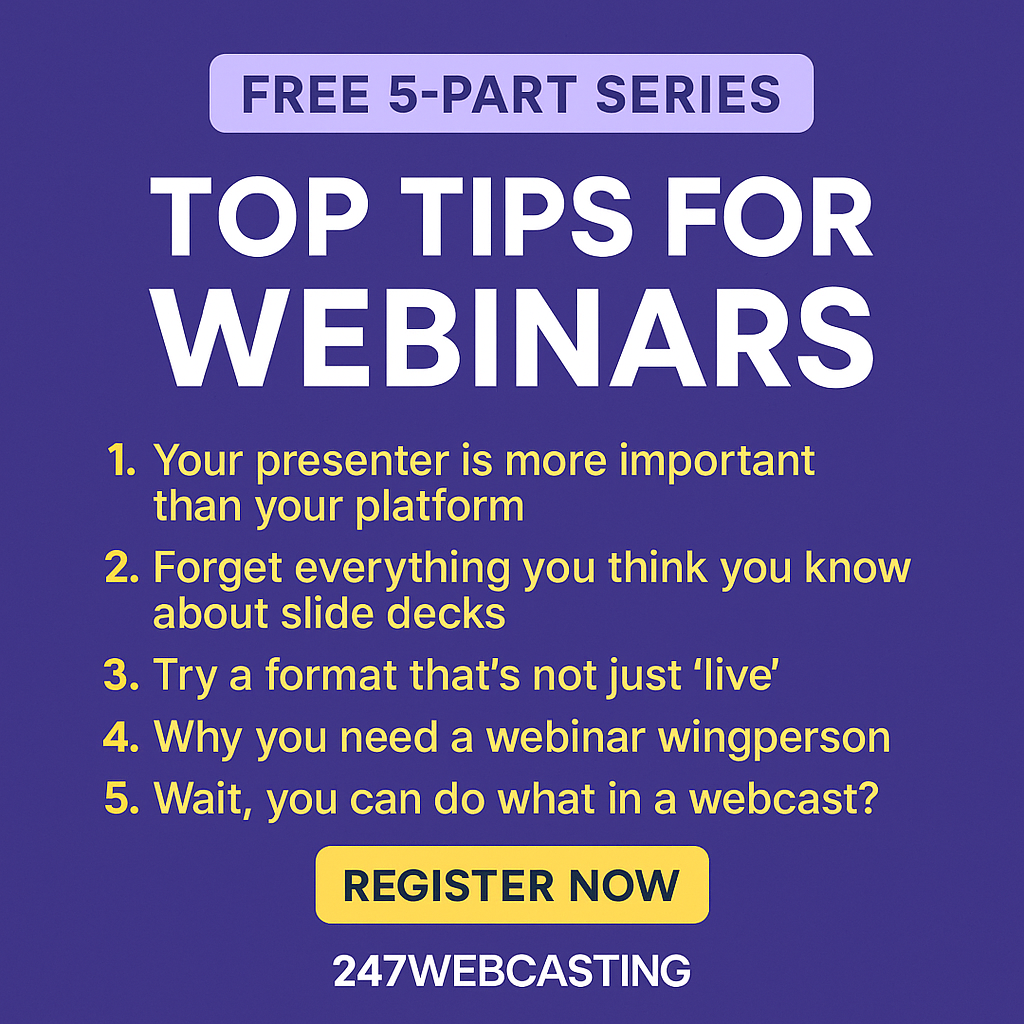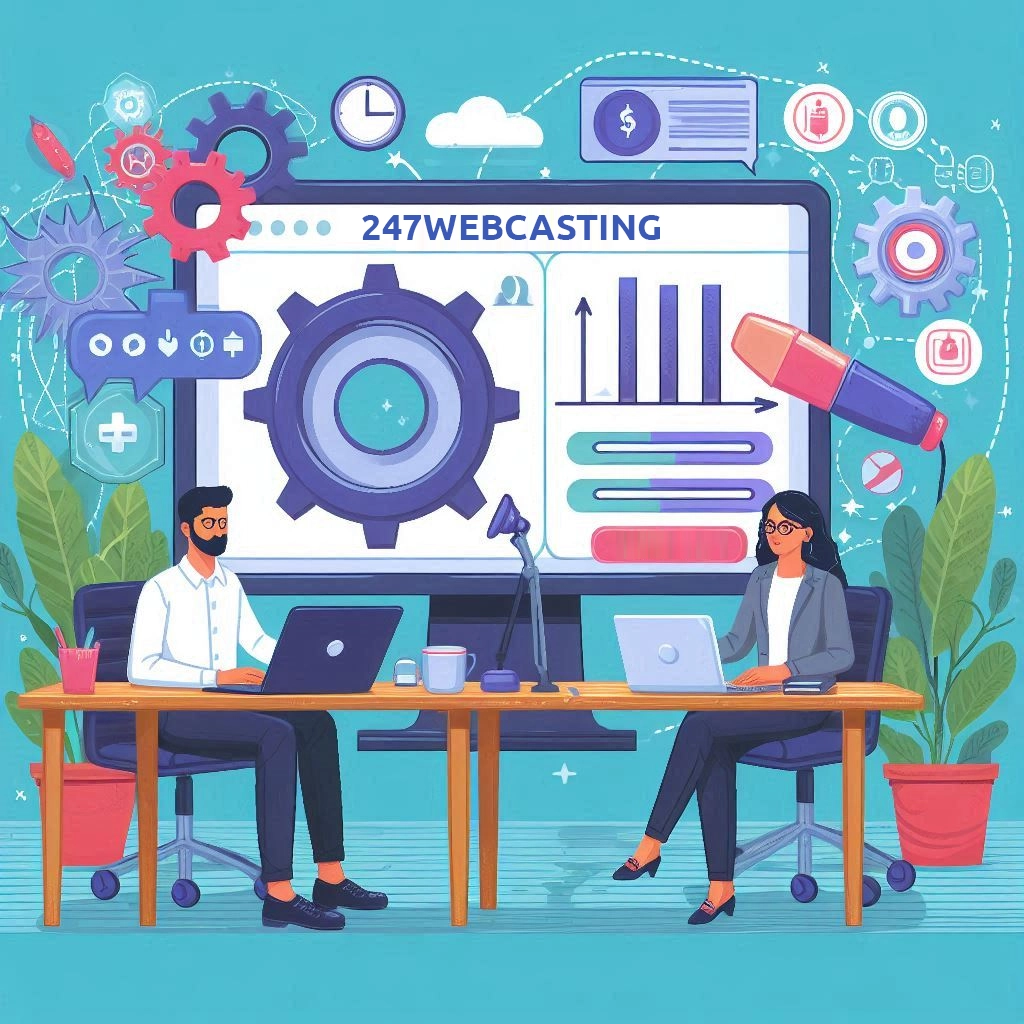A well-planned webcast must be able to generate leads through proper audience engagement since this is the necessary step towards nurturing your audience.
Your primary aim is to increase audience engagement by focusing on audience interactions, first and foremost. These are the tools or elements used in webcasting platforms in order to get the audience’s participation during and/or after the presentation. This is part of the nurturing process that is crucial to lead generation.
The following are the types of audience interaction you can focus on to help improve your audience engagement:
Content Resources
One way for presenters to ensure their audience will take action is to provide a downloadable link on the content resources.
One common mistake that many webcast creators and presenters make is placing numerous documents in the resources folder. This only creates confusion among the audience since there are too many options to choose from. Oftentimes, they just choose not to download anything since it is the fastest decision to make instead of dealing with too many documents all at once.
You can improve this by providing only one document for the audience to click and download. This is the fastest and most effective way for the audience to take action. If you have additional resources, you can cite them in the document instead. This way, your audience will still be able to download the resource and decide later if they want more information based on the citations you have included.
Chat and Questions
Getting your audience to interact via chat or questions interface can be tricky. Not everyone is always willing to pitch in their thoughts or ask questions especially if this is their first time to attend a webcast presentation.
- It is the presenter’s task to initiate the engagement particularly in getting the audience to use the interface. Start the session by asking them to try the interface by typing their first names.
Example:
“I want to ensure that you can hear me, so please type in your first name on the little chat box on the corner and hit ‘enter’.”
- Always address your audience by their first names. It encourages other members of the audience to type in their names to see if they will be mentioned on air.
- During your presentation, it is ideal to refer to the audience’s questions or comments. Mention a few references every so often throughout your presentation to show the audience that you’re paying attention to their messages. Mention their first names to reference them and don’t forget to thank them as well.
Examples:
“David says he’s been using this format and it works for him every time.”
“Thanks for your question about the alternative formats, Sarah. I will address that right after this.”
- When it’s your turn to ask questions, make sure it is specific and not generic. Better yet, avoid asking this question “Are there any questions from the audience?”
Presenters who are used to engaging their audiences during presentations ask certain questions once in a while. You can ask questions based on the current segment you are discussing and get them to type in their answers.
You can address a few of them during the webcast, while the rest can be reviewed together with your team and present them via on-demand version of the webcast or on the next presentation or a Part 2 (if you are planning to present a series of webcasts for a certain topic).
Polls
Low audience engagement using polls is generally caused by a poorly structured poll. If you present polls as a tool for gathering information, you are deliberately setting up poor audience interaction.
Example:
“Hey, don’t forget to answer our poll after the presentation.”
Having no value or benefit to offer to your audience is a sure way to lose their interest and trust since your polls are self-serving and not the other way around.
It is much better and more effective to set up a webcast poll that focuses on areas that will benefit your audience.
Example:
“Help us create a better webcast the next time by answering our poll below.”
“Tell us the topics you’d love for us to discuss on our next webcast by answering our poll.”
Audience engagement is not just about providing an opportunity to interact with your attendees. You must provide your audience with a compelling reason to take action by having clear, definite instructions on what to do and how to do it.



